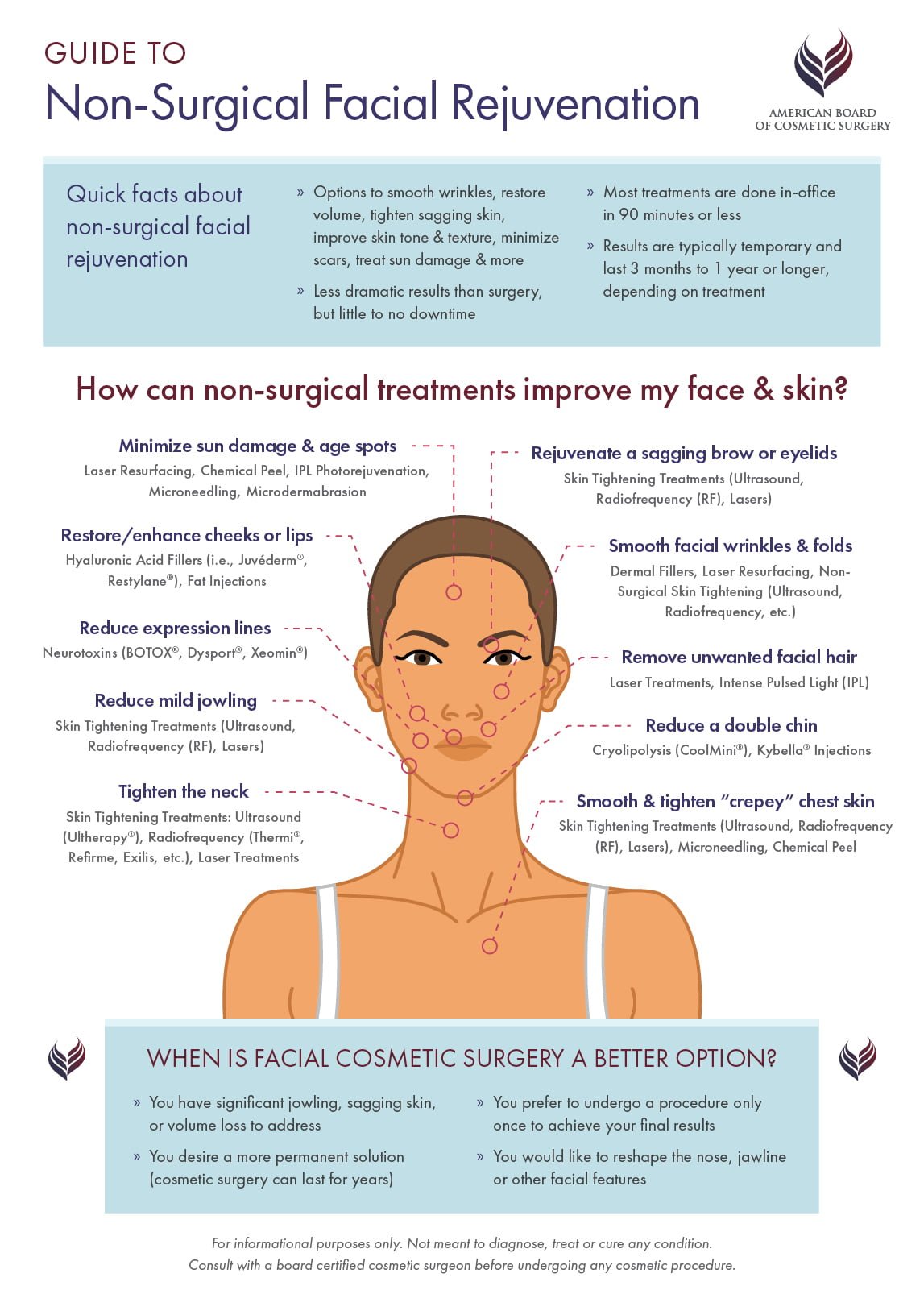The Role Of Uv Rays In Acne
The Role Of Uv Rays In Acne
Blog Article
Acne Treatment - What Are AHAs in Acne Treatment?
AHAs are a crucial active ingredient for unclogging pore obstructions and lightening up acne-prone skin. They function by breaking down dead skin cell build-up to promote newer, fresher cells, and preventing future clogs.
Formulating topical AHAs demands precise focus to different vital elements that significantly affect their efficiency and tolerability. Preserving the optimum pH range, together with lorry selection and focus, intensifies their exfoliative characteristics while alleviating possible adverse reactions.
Glycolic acid
Glycolic acid is understood for its light yet reliable scrubing homes, which advertise skin's all-natural dropping and loosen up the "adhesive" that holds dead cells externally of the skin. This aids unblock pores and decrease the look of great lines and creases, along with boost general skin structure and tone.
Remarkably, topical glycolic acid has also been shown to boost the manufacturing of collagen, which is essential in keeping skin's suppleness and elasticity. It is essential to note, nonetheless, that since glycolic acid can stimulate the skin's sensitivity to sunshine, it is necessary to wear sun block when utilizing any items containing this active ingredient.
Skin specialists pay careful interest to the formulation of items containing AHAs in order to maximize their efficacy and tolerability. Creating AHAs with the suitable lorry, along with pH and focus factors to consider, allows for ideal skin penetration while reducing possible adverse reactions. This is especially crucial for clients with delicate skin, given that AHAs are known to be slightly annoying.
Lactic acid
Lactic acid is located in several over-the-counter skin care products and some stronger expert peels and treatments. It has the lowest molecular weight of all the AHAs and has the ability to permeate much deeper into the skin, where it is a lot more efficient at unclogging pores and exfoliating.
Like glycolic acid, it likewise stimulates collagen synthesis, which helps diminish fine lines and creases and boost skin structure. Furthermore, it has moisture-retention properties, which makes it more suitable for drier skin types than various other AHAs.
The substantial body of professional data confirming the effectiveness of topical AHAs sustains their utility in a variety of dermatological afflictions and visual worries. These include intricate skin restoration treatments, attenuation of great lines and wrinkles, lightening of hyperpigmentation, restorative intervention for actinic keratosis, and acne administration [2] Enhancing the formula of AHAs by stabilizing pH, concentration, and lorry option even more enhances their healing possibility. These careful considerations enable skin specialists to deliver risk-free and efficient therapies that provide premium professional results.
Mandelic acid
Mandelic acid, originated from almonds, is an additional participant of the AHA household and is a preferred ingredient in items that aid deal with acne. Its bigger molecular size suggests it permeates the skin a lot more gradually and delicately, which can reduce the capacity for irritation. It's also much less most likely to trigger inflammation and various other skin level of sensitivity problems, making it appropriate for delicate skin types.
Mandelic Acid is thought to help reduce swelling and boost hydration. It functions by loosening the bonds in between dead skin cells, enabling them to drop and reveal fresher-looking skin. It likewise helps reduce the appearance of bigger pores.
Formulating topical products with AHAs needs an exact equilibrium of crucial factors that significantly impact their efficiency and tolerability. Particularly, the pH of an AHA solution has been revealed to play a crucial duty in its capability to advertise peeling and boost skin tone and appearance. Achieving this optimum concentration is a challenging objective and calls for precise focus to the different variables that affect the formulation procedure.
Citric acid
Citric acid, located in citrus fruits such as oranges and lemons, is a moderate AHA. It's much less bothersome than glycolic or lactic acid, making it more dermalogica suitable for sensitive skin. It likewise has astringent residential properties, helping to dry excess oil.
Like other AHAs, citric acid can be utilized in chemical peels and daily active/maintenance treatments to exfoliate the skin and advertise cell turn over. It can help in reducing the look of dark areas and hyperpigmentation, in addition to fine facial lines.
It can additionally raise the synthesis of glycosaminoglycans, which play a crucial function in enhancing the skin barrier feature. This assists to avert trans-epidermal water loss, and maintain optimum hydration levels in the skin [35]
AHAs can be combined with comforting components such as ceramides or hyaluronic acid to improve their tolerability. They can be included into daily active/maintenance skin care through lotion or serum solutions. This allows experts to tailor their AHA therapies based on person requirements and choices, with the flexibility of selecting from different treatment strengths or concentrations.